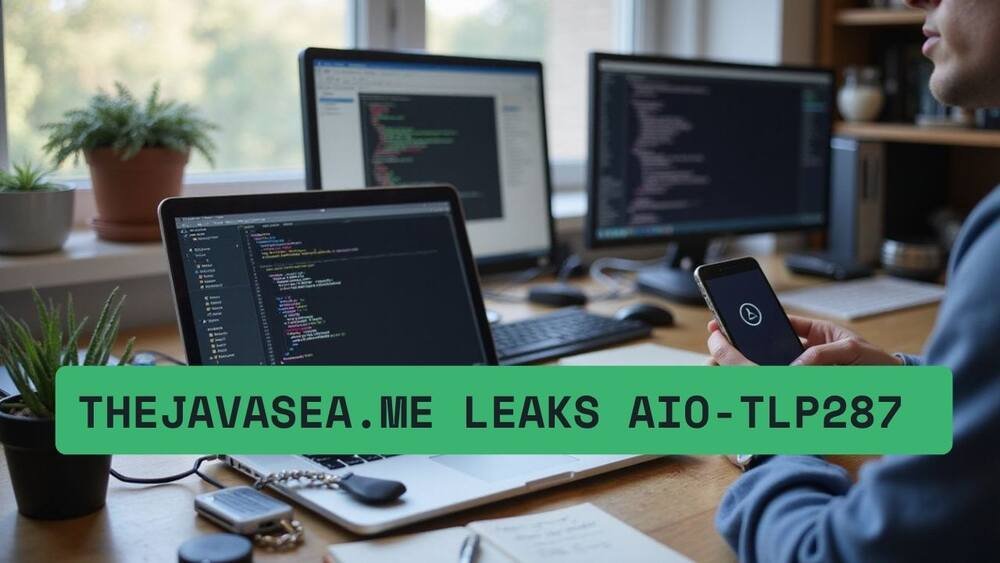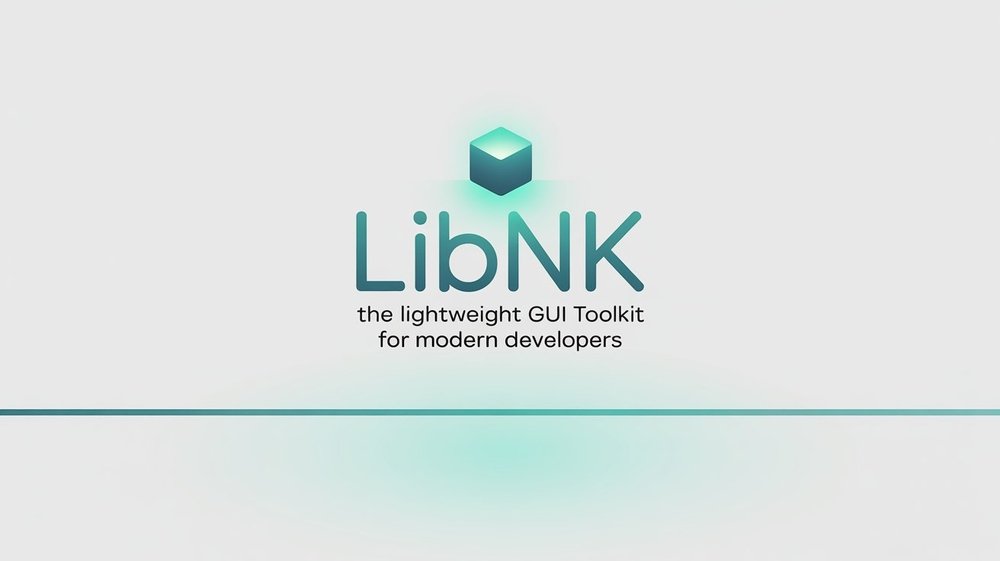TheJavaSea.me Leaks AIO-TLP287 – Full Breakdown & Impact
Introduction Highly structured data leaks have increasingly marked the rise of cybercrime, and among the most discussed incidents of

Introduction
Highly structured data leaks have increasingly marked the rise of cybercrime, and among the most discussed incidents of 2025 is the “thejavasea.me leaks aio-tlp287.” TheJavaSea.me, a little-known yet deeply embedded data distribution site, became the focal point of international attention when it was discovered to be the source of a massive, unauthorized data leak. Referred to as AIO-TLP287, this leak was more than a simple data breach. It was a compilation of millions of records from various industries, packaged together under the guise of an AIO (All-In-One) bundle. This article provides a comprehensive, human-written, and SEO-optimized examination of the leak, its consequences, and its implications for cybersecurity moving forward.
Understanding TheJavaSea.me
TheJavaSea.me is not a mainstream platform; instead, it has long operated in niche, often gray areas of the web. Originally appearing as a data-sharing resource, its evolution took a darker turn as it started hosting datasets that were questionable at best and illegal at worst. The site’s backend architecture enabled anonymous submissions and downloads, creating an environment that was ripe for exploitation. It wasn’t the first time TheJavaSea.me was implicated in shady data activity, but the AIO-TLP287 leak has undoubtedly been the most significant controversy linked to its name.
What is AIO-TLP287?
AIO-TLP287 is a codename used to identify a specific bundle of leaked data files. “AIO” stands for “All-In-One,” indicating that the leak contains a wide range of data types bundled into a single release. “TLP287” likely refers to an internal tracking code or naming system used by the leakers or the site administrators. Unlike other leaks that focus on a single source, AIO-TLP287 included data scraped from various sectors, including healthcare, education, finance, and even government systems. From email addresses and passwords to personally identifiable information (PII) and internal company documents, the breadth of data makes it one of the most dangerous and far-reaching leaks in recent memory.
Timeline of the Leak
Initial suspicions about AIO-TLP287 surfaced in early June 2025, when cybersecurity researchers identified suspicious activities on dark web forums referencing “TheJavaSea bundles.” By mid-June, tech watchdogs started tracing these mentions to public-access directories on TheJavaSea.me. The full exposure occurred in late June when an anonymous Reddit post provided direct download links to the AIO-TLP287 package. Despite multiple takedown requests and warnings from cybersecurity agencies, the files remained online for several weeks, circulating across various mirror sites. The slow response from the site administrators only deepened concerns about TheJavaSea.me’s intentions.
Scope and Size of the Leak
Estimates suggest that AIO-TLP287 exposed data belonging to over 50 million individuals. The dataset’s diversity is staggering. Email-password combinations made up the majority, but researchers also uncovered sensitive information, including bank account numbers, API keys, authentication tokens, and even biometric data in some cases. Companies across North America, Europe, and parts of Asia have reported connections to the leaked files. With such a global reach, the leak’s impact has crossed both geographical and industry boundaries, escalating it from a regional issue to a worldwide cybersecurity crisis.
Technical Cause Behind the Leak
The root cause of the AIO-TLP287 leak appears to be a combination of poor cybersecurity hygiene and deliberate misconfiguration. TheJavaSea.me reportedly used outdated server software vulnerable to known exploits. Moreover, it failed to enforce secure upload and download protocols, making it easy for malicious actors to inject or retrieve data undetected. Several analysts also pointed out the lack of API authentication and sandboxing mechanisms. These oversights allowed for mass extraction of stored files, which were then compiled into the AIO-TLP287 bundle. The presence of developer notes and raw system logs in the leak suggests insider involvement or administrative negligence.
Real-World Consequences
The effects of thejavasea.me leaks aio-tlp287 have been both immediate and far-reaching. Individuals whose data appeared in the bundle reported a sharp increase in phishing attempts, spam calls, and fraudulent login alerts. Several small businesses had to suspend operations to reset their compromised systems temporarily. For enterprises, the exposure has led to brand damage, loss of customer trust, and legal entanglements. Experts have compared the scale of AIO-TLP287 to previous major leaks, such as Equifax or Yahoo, placing it in the same tier of cybersecurity disasters.
Legal and Ethical Implications
From a legal standpoint, the AIO-TLP287 leak has ignited debates around data hosting liability. Although TheJavaSea.me may argue it functions as a neutral platform, its repeated history with sensitive data leaks undermines that defense. European entities have begun exploring GDPR violations, while American authorities have hinted at possible FTC action. Ethical questions also abound: Should researchers use the leaked data for analysis? Can governments forcibly shut down sites like TheJavaSea.me if they operate outside conventional jurisdictions? These unresolved questions signal a need for updated international cybersecurity laws.
What You Should Do If Affected
If you suspect your data was part of the AIO-TLP287 leak, immediate action is essential. Start by checking your email on breach verification platforms, such as HaveIBeenPwned. Change all passwords, especially those reused across platforms. Enable two-factor authentication (2FA) wherever possible. It’s also wise to monitor your bank accounts, set up fraud alerts, and consider identity theft protection services. If your work email or sensitive company data was included, notify your IT department or cybersecurity officer immediately. Early intervention can prevent long-term damage.
How to Stay Safe from Future Breaches
In an age where data breaches are becoming common, maintaining digital hygiene is non-negotiable. Use password managers to create and store strong, unique passwords. Avoid clicking on unknown links or downloading attachments from unfamiliar sources. Ensure your devices and software are always up to date with the latest security patches. Consider using VPNs when connecting to public Wi-Fi networks. Install browser extensions that block trackers and scripts. Most importantly, stay informed. Follow cybersecurity blogs, subscribe to breach alert newsletters, and regularly audit your digital footprint.
Frequently Asked Questions (FAQ)
What is TheJavaSea.me used for?
Originally intended as a data-sharing platform, it evolved into a repository for leaked and questionable content, often operating in gray or illegal zones.
What does AIO-TLP287 include?
The leak comprises a massive mix of emails, passwords, personal data, financial records, and company files sourced from multiple industries.
Is it illegal to access leaked data?
Yes, in most jurisdictions, downloading or distributing personally identifiable information from such leaks is against the law.
How can I report a data breach?
You can report breaches to your country’s data protection authority or cybersecurity response team. Major tech companies also have breach reporting portals.
Conclusion
Thejavasea.me leaks aio-tlp287 highlights rising cyber threats, affecting millions and stressing the need for strong cybersecurity and accountability. For individuals, it’s a call to action to safeguard personal data and remain vigilant. For organizations, it serves as a warning to audit their security infrastructures and plan for breach contingencies. As we move forward, lessons from AIO-TLP287 must inform our approach to handling digital trust, privacy, and data resilience.
Do Read: Bunkralbum – The Digital Evolution of Immersive Content






